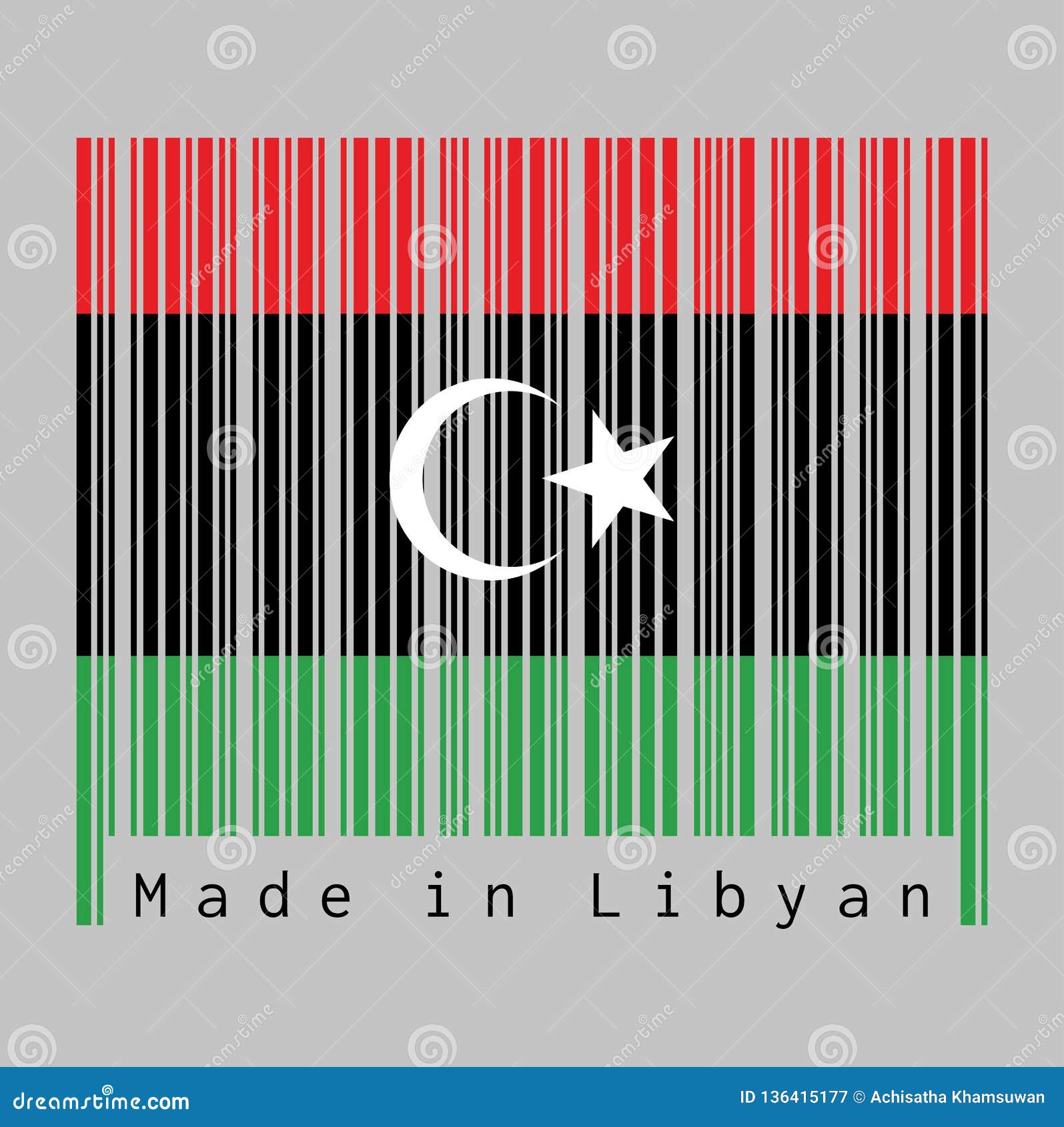

- BARCODE PRODUCER OPENING OLD ILLUSTRATOR MANUAL
- BARCODE PRODUCER OPENING OLD ILLUSTRATOR CODE
- BARCODE PRODUCER OPENING OLD ILLUSTRATOR WINDOWS
This representation is known as Encapsulated PostScript Interchange Format, or EPSI.

In addition, the specification defines a very simple device-independent representation for an embedded bitmapped preview image.
BARCODE PRODUCER OPENING OLD ILLUSTRATOR WINDOWS
PICT and Windows Metafile can incorporate both bitmap data and vector graphics. The specification for EPS_3 lists three "device-specific" preview formats: for the Apple Macintosh, a PICT image as used by the QuickDraw application for DOS computers, a TIFF bitmap or Windows Metafile. The preview file can be in one of a number of formats. The intent of a preview is to have an image in a format that most graphics applications can render a preview is usually of lower resolution, in pixel dimensions and/or in bit-depth.
BARCODE PRODUCER OPENING OLD ILLUSTRATOR CODE
In particular, the specification defines variations specific to the primary personal computer operating systems in use at the time, Macintosh and DOS.Ī typical EPS file contains not only the PostScript code that defines the image in a form that can be transmitted to a PostScript printer without information loss, but also a "preview" image in a format intended for convenient use in a workflow that involves several systems or applications. Several aspects of the format reflect the technology environment of the late 1980s. Despite acknowledged shortcomings compared with more recent formats, its widespread adoption by certain industry segments and in important workflows, means that it is still in common use. See History Note below for more detail on the early chronology. They have also been widely used in scientific publishing for graphs and diagrams to be embedded in articles or books.ĮPS Version 3.0 is the latest published version of the specification. As vector graphics, EPS files have been particularly useful for illustrations intended for use at different scales, such as logos and advertisements. EPS files are typically created and edited in illustration programs such as Adobe Illustrator or CorelDRAW. EPS has been considered a good choice of format for vector graphic illustrations intended for high-resolution or large-scale printing and commonly used for printing to PostScript printers and imagesetters. Although the primary purpose of an EPS file is for an illustration to be included in other pages, it is also used for layouts of complete pages. An EPS file is constrained to represent a single rectangular area.
BARCODE PRODUCER OPENING OLD ILLUSTRATOR MANUAL
The EPS format uses a primarily textual file based on Adobe's PostScript language, defined in the PostScript Language Reference Manual an EPS file is also expected to comply with the PostScript Language Document Structuring Conventions Specification (DSC), which provides conventions for using PostScript comments to convey document characteristics and printing instructions. This description uses EPS in both contexts, as more consistent with later usage. The specification uses EPSF as the acronym for the format, but describes files conforming to the specification as EPS files. The format specification was originally published by Adobe in the late 1980s version 3 was first released in 1990 and published as a separate document in 1992. In many contexts, EPS has been superseded by PDF.ĮPS is a proprietary but publicly documented format.

It has also been used for raster images, usually using the TIFF format, to be embedded in articles, but since raster images are not inherently scalable, and most publication processes now provide direct support for raster formats such as TIFF, PNG, or JPEG, this usage is now less common. Within a containing document." The EPS format is particularly suited to vector graphics or to graphics that combine vector graphics with raster data, sometimes referred to as "metafiles." For such images it is still widely used in scientific publications in 2017 vector graphics are often recommended because they are scalable. As stated in the PostScript Language Reference Manual, "An encapsulated PostScript (EPS) file is a PostScript program describing at mostĪ single page in a form that can be imported by other applications to embed An EPS file employs Adobe's PostScript language to represent a single rectangular graphic. The Encapsulated PostScript File Format, usually abbreviated as EPS and sometimes as EPSF, was developed in the late 1980s by Adobe Systems Incorporated to facilitate the incorporation of illustrations into textual documents for printing. Encapsulated PostScript File Format (EPS, EPSF)


 0 kommentar(er)
0 kommentar(er)
